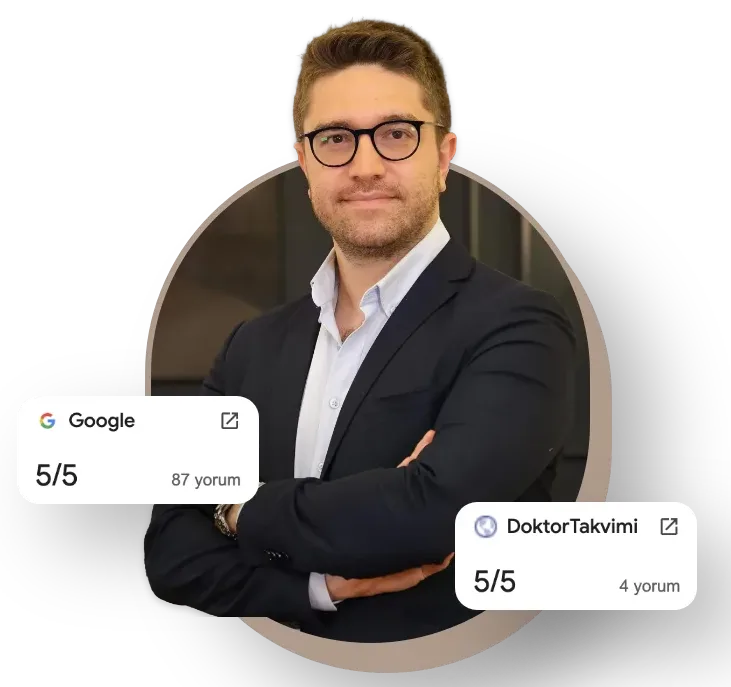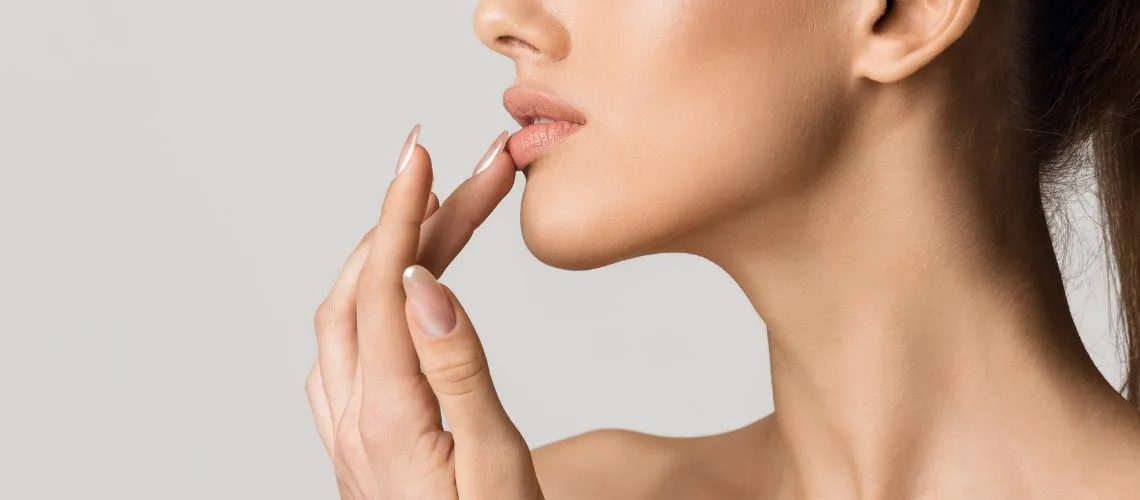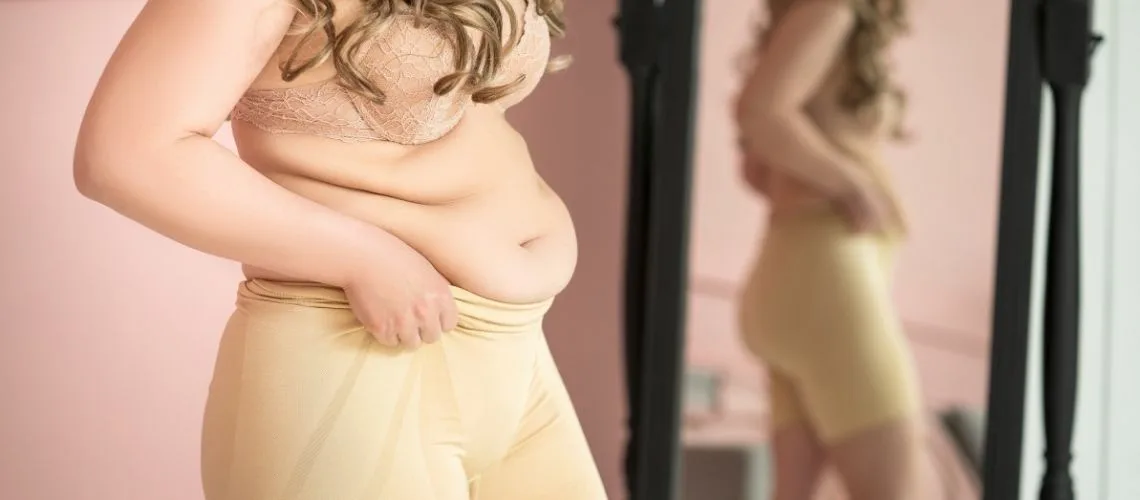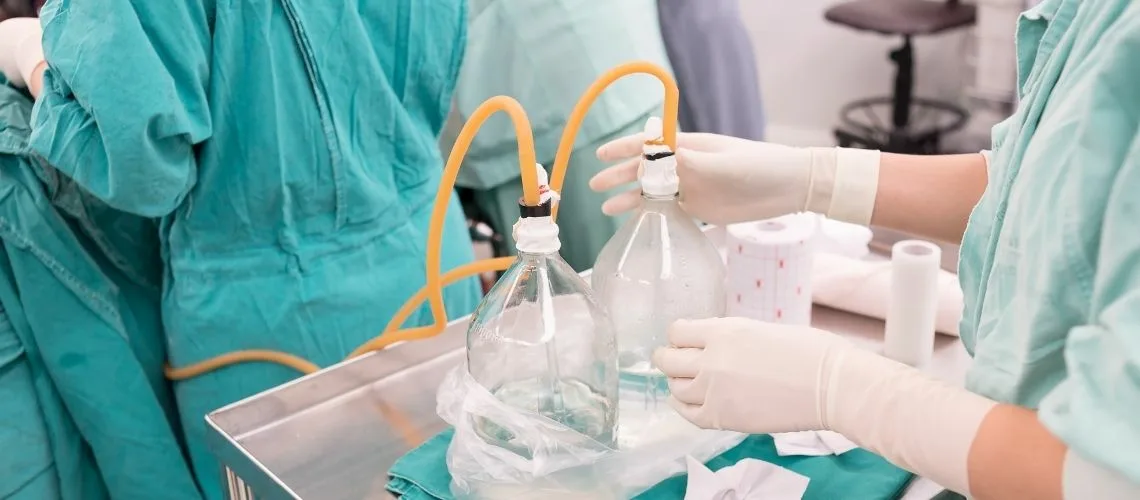Facelift and blepharoplasty are surgical procedures designed to address visible signs of aging in the face and eyelids. A facelift focuses on tightening facial tissues and lifting sagging skin, while blepharoplasty targets drooping eyelids and under-eye bags for a refreshed, youthful appearance.
Facelift with eyelid surgery is often performed together to achieve balanced aesthetic outcomes. Combining both procedures reduces overall recovery time and enhances harmony between the upper and lower facial regions, resulting in more natural and long-lasting rejuvenation.
The techniques applied in facelift and blepharoplasty vary depending on the patient’s needs. While a facelift may include SMAS tightening or mini-facelift approaches, blepharoplasty may involve removing excess skin, muscle, or fat, ensuring functional improvement as well as cosmetic benefit.
Recovery after facelift and eyelid surgery requires careful monitoring. Patients should follow medical advice, maintain head elevation, and avoid strenuous activity. Swelling and bruising gradually subside within weeks, while final results become visible after complete tissue healing.
What Should You Know Before Considering Facelift and Blepharoplasty?
A facelift, called rhytidectomy, removes sagging cheeks, jowls along the jawline, and loose neck skin. To make the face appear smoother and younger without changing one’s appearance. It’s a restorative surgery. Blepharoplasty, or eyelid surgery, focuses on the eyes. If your upper lids droop so badly that they interfere with vision you can resort to an upper eyelid lift.
An ideal candidate who is a good candidate for Facelift and Blepharoplasty is generally healthy including non-smokers with a realistic outlook about the outcome. Your concerns, rather than age, will tell us how we can assist. Nonetheless, certain factors may make these surgeries less appropriate. Common reasons to reconsider or delay the procedure include serious health problems, ongoing smoking (as it has such a major negative impact on healing), bleeding conditions or a not-so-realistic picture of what surgery can achieve. It is also important to prepare your mind for the process You may discuss this with your surgeon to see if it’s right for you.
How Are Facelift and Blepharoplasty Procedures Actually Performed?
There is some advanced technology behind facelift and blepharoplasty techniques. For facelift surgery, the surgeon works not just on the layer of skin but also on the deeper levels of facial tissue. So, this gives more natural-looking results and also helps in the longevity of results. The cuts are made around the ear and hair-line to be as concealed as possible. There are several different kinds of facelift, from more extensive ones to “mini-lifts” for the early signs of aging, and the best one depends on you.
Eyelid surgery (blepharoplasty) can be performed on the upper eyelids, lower eyelids or both. The lid/skin incision in the upper eyelids is made in the natural fold of the eyelids, thus camouflaging them when the eyes are open. For the lower eyelids, the cut will be just below the lashes or even hidden within the eyelid if only fat is dealt with. The objective is to conservatively remove or reposition excess tissue.
Considering the anesthesia for facelift and blepharoplasty, usually the options are local anesthesia with intravenous sedation (often referred to as “twilight sleep”) or general anesthesia. You and your surgeon will ultimately decide what is best for you based on the complexity of the operation, your health, and a number of other factors. When undergoing both procedures together, deeper sedation or general anaesthesia is often preferred for comfort and safety.
What Can You Expect During Recovery From Facelift and Blepharoplasty?
It’s normal to have swelling, bruising, numbness, and mild pain after a facelift. Your bandaged head will need propping up. Any small drainage tubes are usually removed quickly. Sutures come out in stages over about one to two weeks. A few days of light activity and/or work is possible for most people after 10 to 14 days. However, strenuous activities must be avoided for a few weeks. The final, settled results will emerge over a few months.
Recovery from blepharoplasty is usually a bit quicker. The area around your eyes will swell and bruise like you have black eyes. You will find cold compresses to be your best friend as well as the ointments your doctor prescribes. Upper eyelid stitches are typically removed within a week. It typically takes 10 to 14 days to feel comfortable in public.
When you undergo a Facelift and Blepharoplasty together, you’ll have only one recovery which is a plus point. The first stage of healing will likely feel the hardest as you heal in many areas. Follow your surgeon’s care instructions closely, take prescribed medications for discomfort, and make sure to get plenty of rest.
What Is the Long-Term Outlook For Facelift and Blepharoplasty, Including Potential Concerns?
The overall aim of Facelift and Blepharoplasty is to help you look refreshed and younger while still appearing like yourself. Results of facelift last close to 7 to 10 years. With newer techniques, the results sometimes last longer. Improvements to the upper eyelid can last for five to ten years or more with blepharoplasty. Corrections to the lower eyelid bag are similarly often very long-lasting. Although the treatments can reverse time, they can’t stop nature’s course.
How long your results last depend on your lifestyle choices. For instance, wearing sunblock and not smoking will prolong results.
As with any procedure, Facelift and Blepharoplasty can also have risks. Common worries include bleeding, infection, scarring, anesthesia complications, etc. Facelifts carry special but rare risks, like temporary nerve damage, affecting facial movement and sensation. Blepharoplasty may cause temporary dry eyes or, in rare cases, problems with eyelid closure. The best way to minimize these risks and ensure a good outcome is to choose a qualified, and experienced surgeon and follow his advice carefully. They will address each concern with you beforehand.

Op. Dr. Erman Ak is an internationally experienced specialist known for facial, breast, and body contouring surgeries in the field of aesthetic surgery. With his natural result–oriented surgical philosophy, modern techniques, and artistic vision, he is among the leading names in aesthetic surgery in Türkiye. A graduate of Hacettepe University Faculty of Medicine, Dr. Ak completed his residency at the Istanbul University Çapa Faculty of Medicine, Department of Plastic, Reconstructive and Aesthetic Surgery.
During his training, he received advanced microsurgery education from Prof. Dr. Fu Chan Wei at the Taiwan Chang Gung Memorial Hospital and was awarded the European Aesthetic Plastic Surgery Qualification by the European Board of Plastic Surgery (EBOPRAS). He also conducted advanced studies on facial and breast aesthetics as an ISAPS fellow at the Villa Bella Clinic (Italy) with Prof. Dr. Giovanni and Chiara Botti.
Op. Dr. Erman Ak approaches aesthetic surgery as a personalized art, tailoring each patient’s treatment according to facial proportions, skin structure, and natural aesthetic harmony. His expertise includes deep-plane face and neck lift, lip lift, buccal fat removal (bichectomy), breast augmentation and lifting, abdominoplasty, liposuction, BBL, and mommy makeover. He currently provides safe, natural, and holistic aesthetic treatments using modern techniques in his private clinic in Istanbul.









